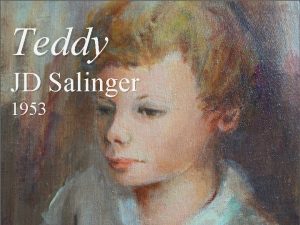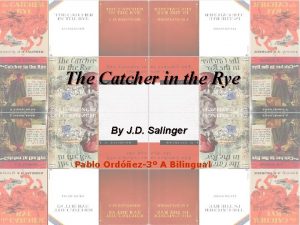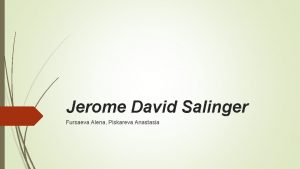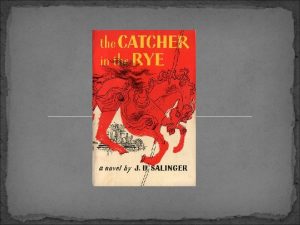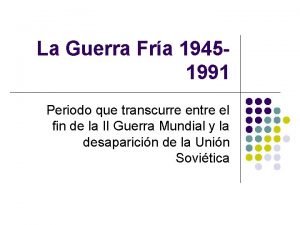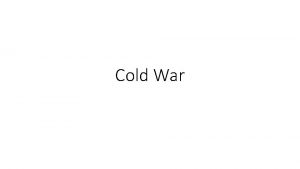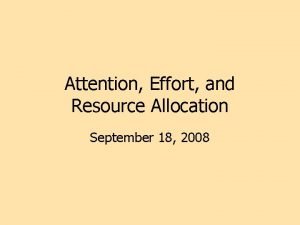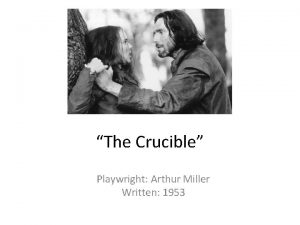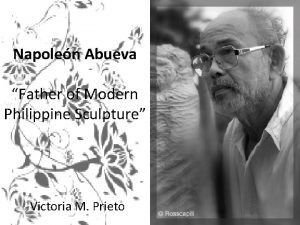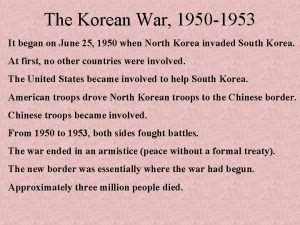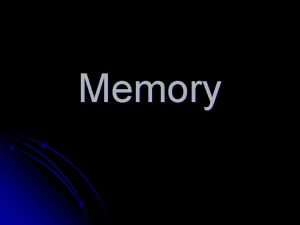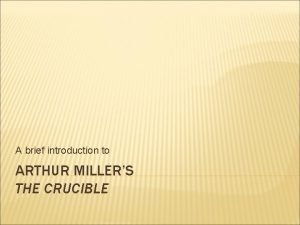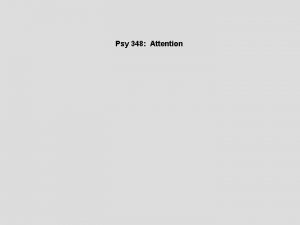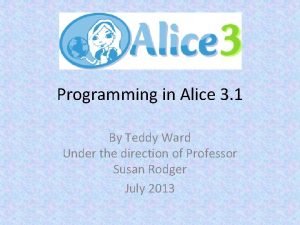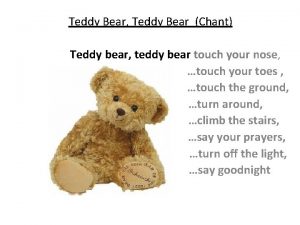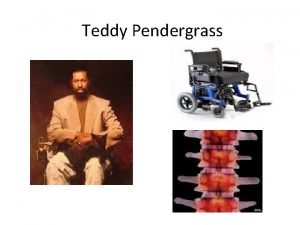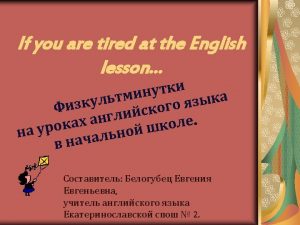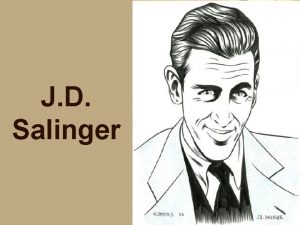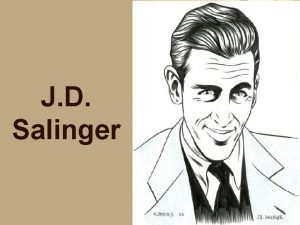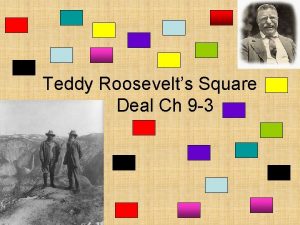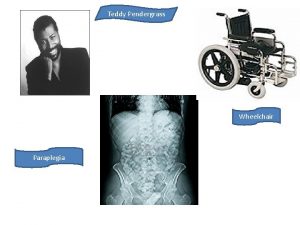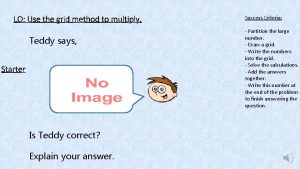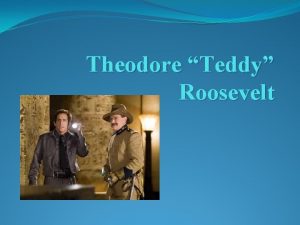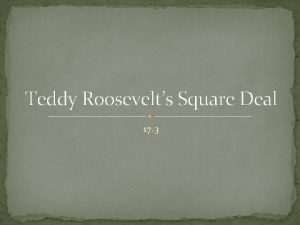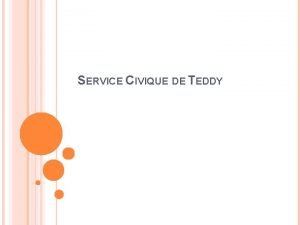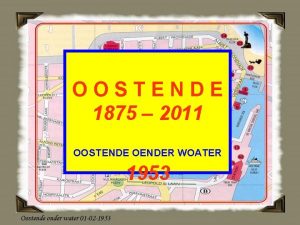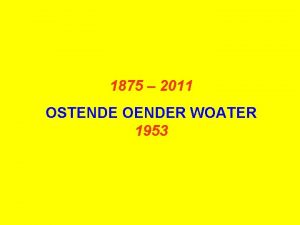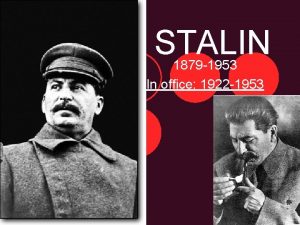Teddy JD Salinger 1953 What is this What

























- Slides: 25

Teddy JD Salinger 1953


What is this? What could it be symbolic of?

What is this? What color is it? How do you know?

What is this? Describe it.

Life is a gift horse. What does the phrase mean?








Nothing in the voice of the cicada intimates (announces) how soon it will die

Along this road goes no one this autumn eve.

The Ending: Based on four lines in the story that provide you with four key clues, you should be able to reasonably conclude what happened to Teddy at the end of the story and how it happened. Find and write down the following on your own sheet of paper: 1. A key quote from Teddy’s little sister Booper that captures her perspective and emotions that day: 2. A key quote from Teddy himself that he wrote in his diary that day. 3. A key quote from Teddy’s conversation with Bob Nicholson, the young man Teddy talks to on the ship, that connects the key quote from #1 to the key quote from #2 above: 4. The last line of the story that describes what the young man hears as he enters the pool deck:

The Ending: 1. A key quote from Teddy’s little sister Booper that captures her perspective and emotions that day: “ I hate you! I hate everybody in this ocean!” Booper called after him. (6)

The Ending: 2. A key quote from Teddy himself that he wrote in his diary that day. It will either happen today or February 14, 1955 when I am sixteen. It is ridiculous to mention even. (8)

The Ending: 3. A key quote from Teddy’s conversation with Bob Nicholson, the young man Teddy talks to on the ship, that connects the key quote from #1 to the key quote from #2 above: “It is so silly, ” Teddy said again. “For example, I have a swimming lesson in about five minutes. I could go downstairs to the pool, and there might not be any water in it. This might be the day they change the water or something. What might happen, though, I might walk up to the edge of it, just to have a look at the bottom, for instance, and my sister might come up and sort of push me in. I could fracture my skull and die instantaneously. ” (14)

The Ending: 4. The last line of the story that describes what the young man hears as he enters the pool deck: “He was little more than halfway down the staircase when he heard an allpiercing, sustained scream– clearly coming from a small, female child. It was highly acoustical, as though it were reverberating within four tiled walls. ” (16)

The Ending: Now, using those four key lines as evidence, what is the reasonable conclusion you can make about what happened to Teddy at the end of the story and how it happened? Explain how those four lines connect and provide you with the evidence you would need to support your conclusion about how Salinger uses foreshadowing.

Direct Characterization: Indirect Characterization Speech What does the character say? How does the character speak? Thoughts What is revealed through the character’s private thoughts and feelings? Booper: Effect on others toward character What is revealed through the character’s effect on other people? How do other characters feel or behave in reaction to the character? Actions What does the character do? How does the character behave? Looks What does the character look like? How does the character dress?

ITEM QUOTE (pg #) What Teddy believes (Inference) Symbolic of? “You know what was in that apple? Logic and intellectual stuff…” (13) Most people are limited in their view of the world. We see things in a singular or focused way. Knowledge. What we think we know. “An elephant is only big when it is next to something else– a dog or lady for example” (15) Most people gain knowledge only when people tell them what is so. Education system, or the way we learn. “Colors are only names. I mean if you tell them the grass is green, it makes them start expecting grass to look a certain way…” (15) We don’t generally question that knowledge we are given. Methods of communica -tion, the status quo. “Life is a gift horse in my opinion. ” (8) We aren’t guaranteed to take the most from life. A larger approach to living. Beliefs.

Things Teddy Believes Humans are overly emotional creatures, limited by their feelings and desires. Evidence “Poets are always taking the weather so personally. They are always sticking their emotions in things that have no emotions. (12) “I have a very strong affinity for them. ” (14) [His parents]

Teddy says we are all a bunch of “appleeaters” who have lost sight of who and what we really are. He blames parents, schools, and education in America for making us all appleaters. What does he mean by the term appleater? Are there things that you think and believe to be true that you learned from your parents, school, and your education that as you got older you now believe not to be true? What are some of those truths that you no longer believe in or at least highly question and doubt?
 Who is this
Who is this Cinderella rhyme for jump rope
Cinderella rhyme for jump rope David jerome salinger
David jerome salinger Jd salinger facts
Jd salinger facts Anastasia salinger
Anastasia salinger Jd salinger biography
Jd salinger biography 2007-1953
2007-1953 La maxima tension 1947 y 1953
La maxima tension 1947 y 1953 July 26 1953
July 26 1953 What are the defect of present curriculum
What are the defect of present curriculum Alignment with west 1953-62
Alignment with west 1953-62 1953-1922
1953-1922 Cherry 1953 dichotic listening
Cherry 1953 dichotic listening The crucible 1953
The crucible 1953 Fahrenheit 451 1953
Fahrenheit 451 1953 Up gateway
Up gateway 1953
1953 Dear aunt jane experiment
Dear aunt jane experiment 1924-1953
1924-1953 War of the worlds 1953
War of the worlds 1953 Cherry 1953 dichotic listening
Cherry 1953 dichotic listening Nasser and prokofiev rockefeller
Nasser and prokofiev rockefeller Arthur millers drama fra 1953
Arthur millers drama fra 1953 Anne triesman
Anne triesman Teddy ward
Teddy ward Teddy essila
Teddy essila
